Wireless Communication: FSPL and Link Budget Analysis
VerifiedAdded on 2023/03/30
|6
|546
|437
AI Summary
This document discusses the calculation of Free Space Path Loss (FSPL) in dB for different frequencies and distances in wireless communication. It also covers the link budget analysis for a wireless system, including the calculation of received power and link margin. The availability or reliability of the link based on the calculated link margin is also discussed.
Contribute Materials
Your contribution can guide someone’s learning journey. Share your
documents today.
1 out of 6
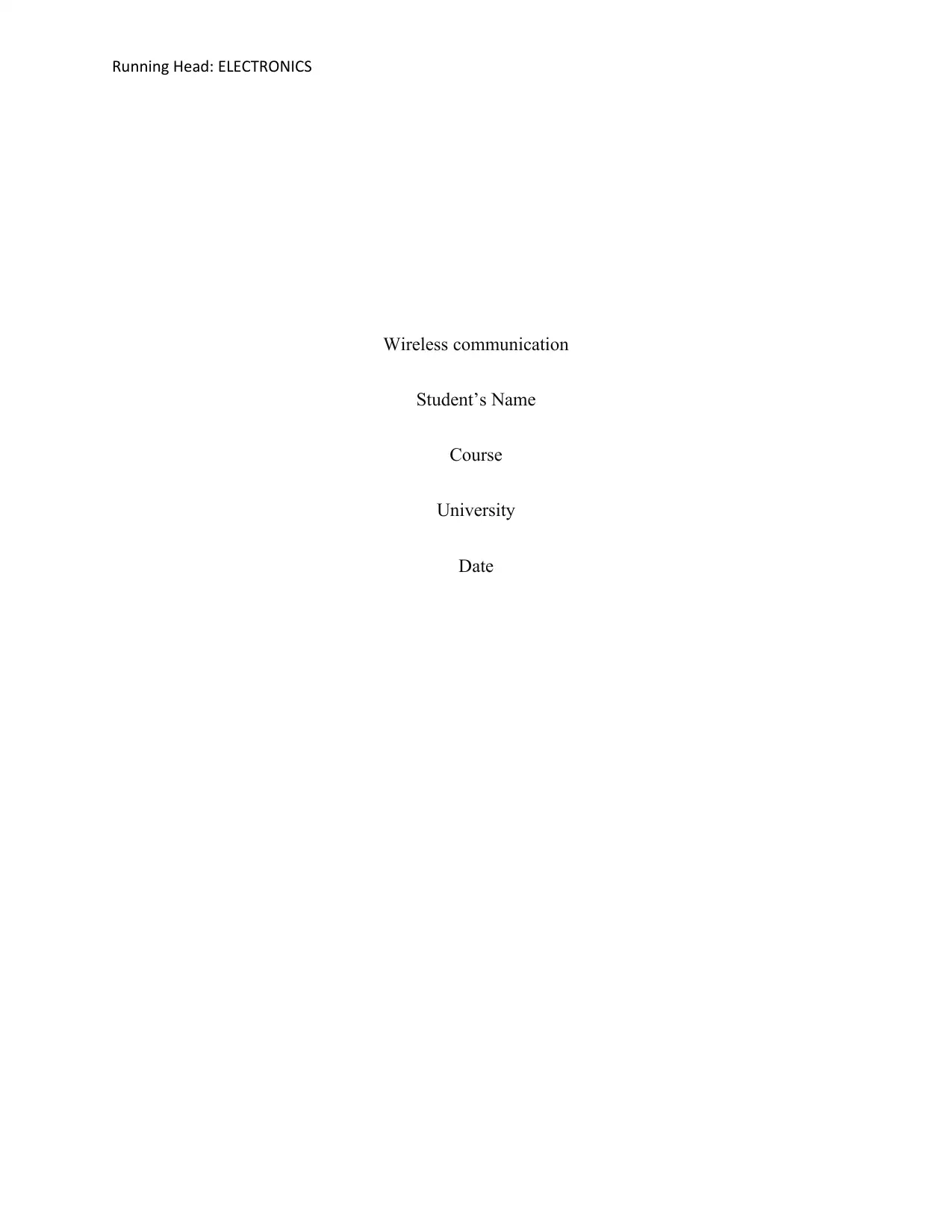
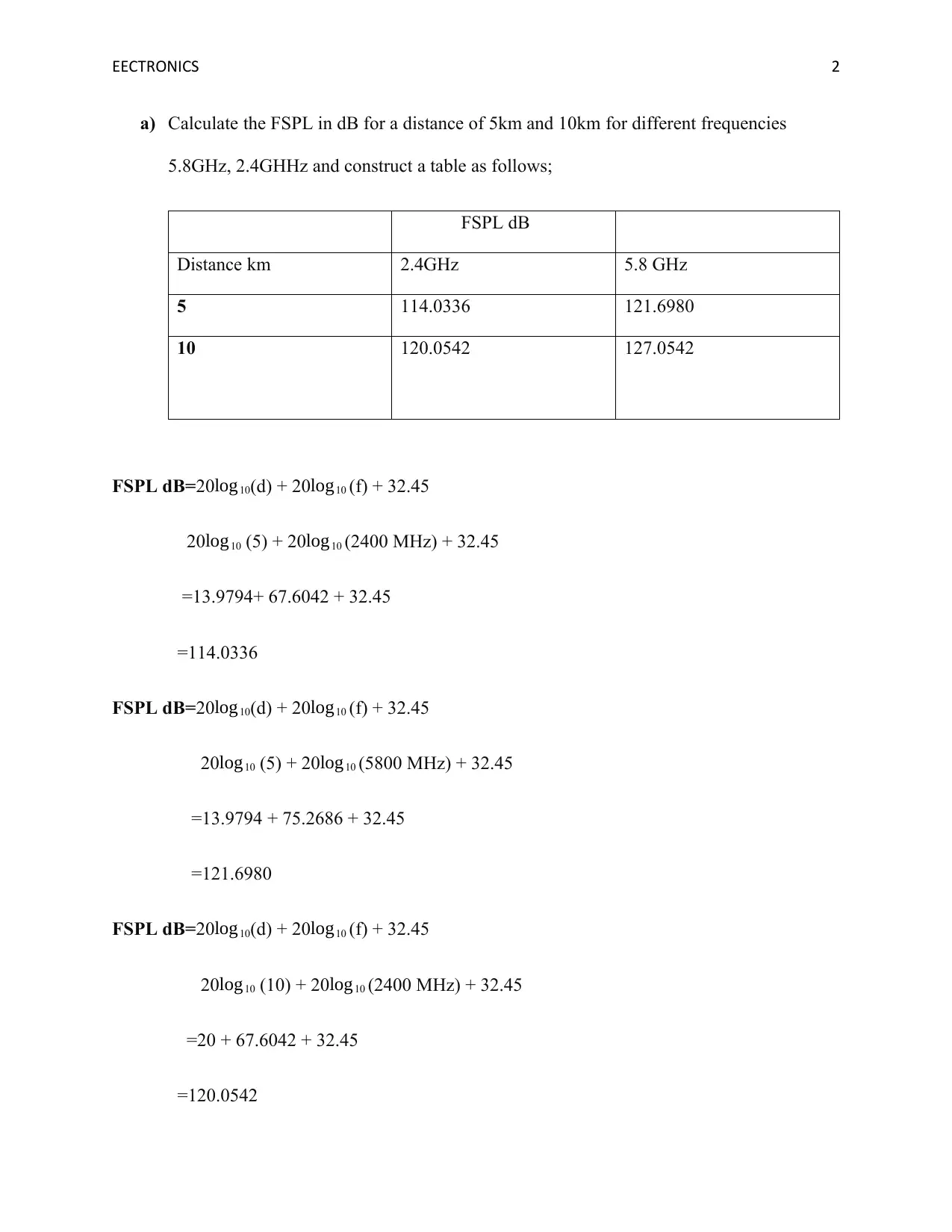
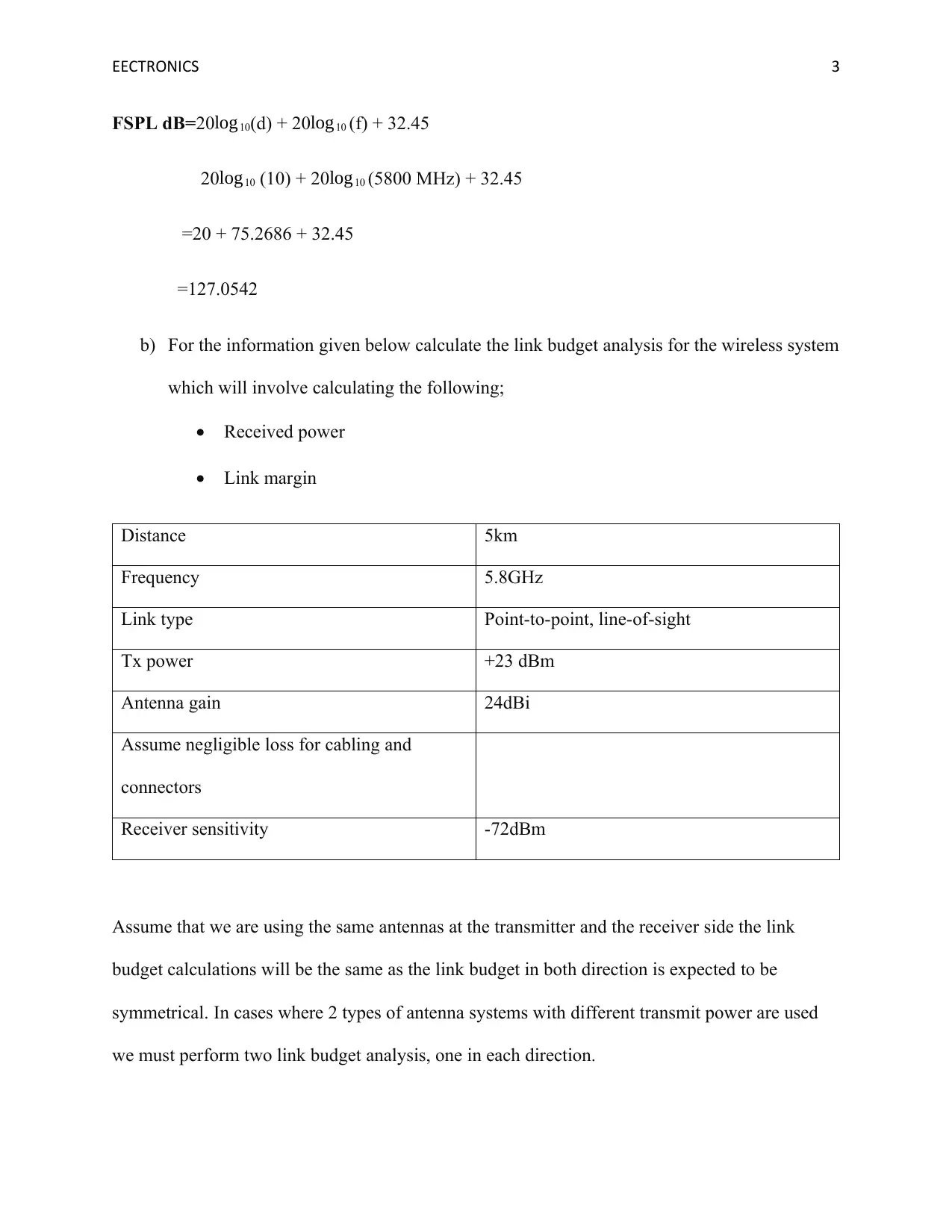
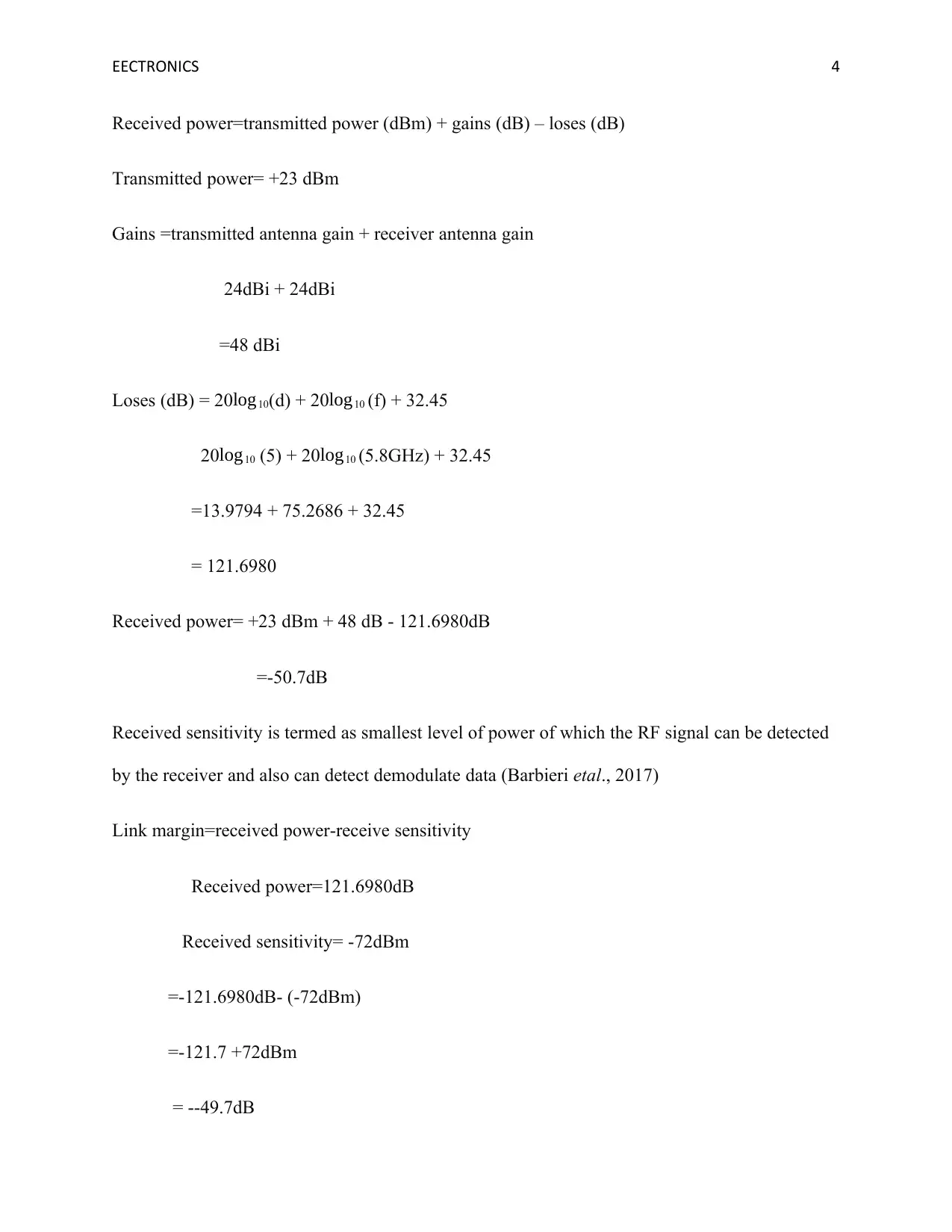
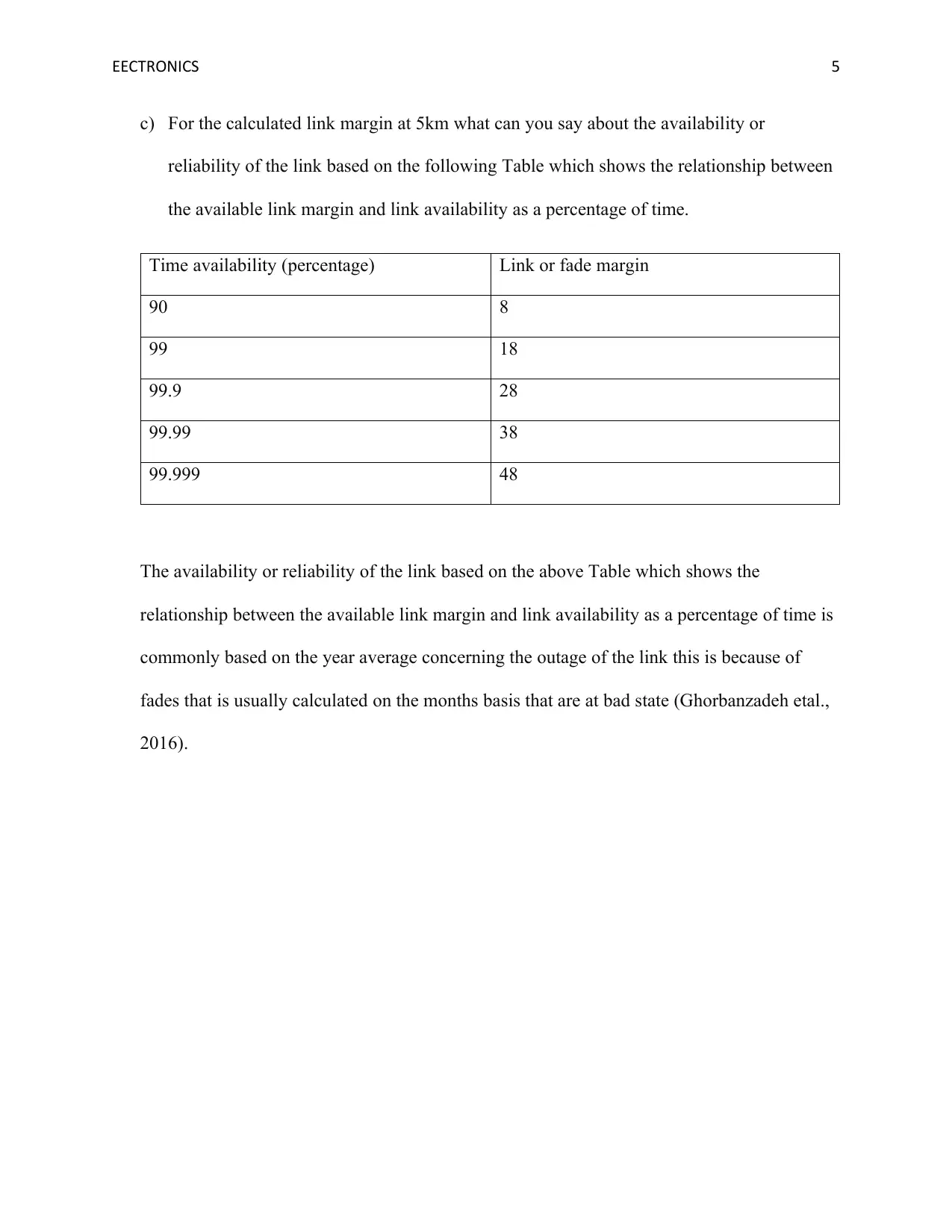
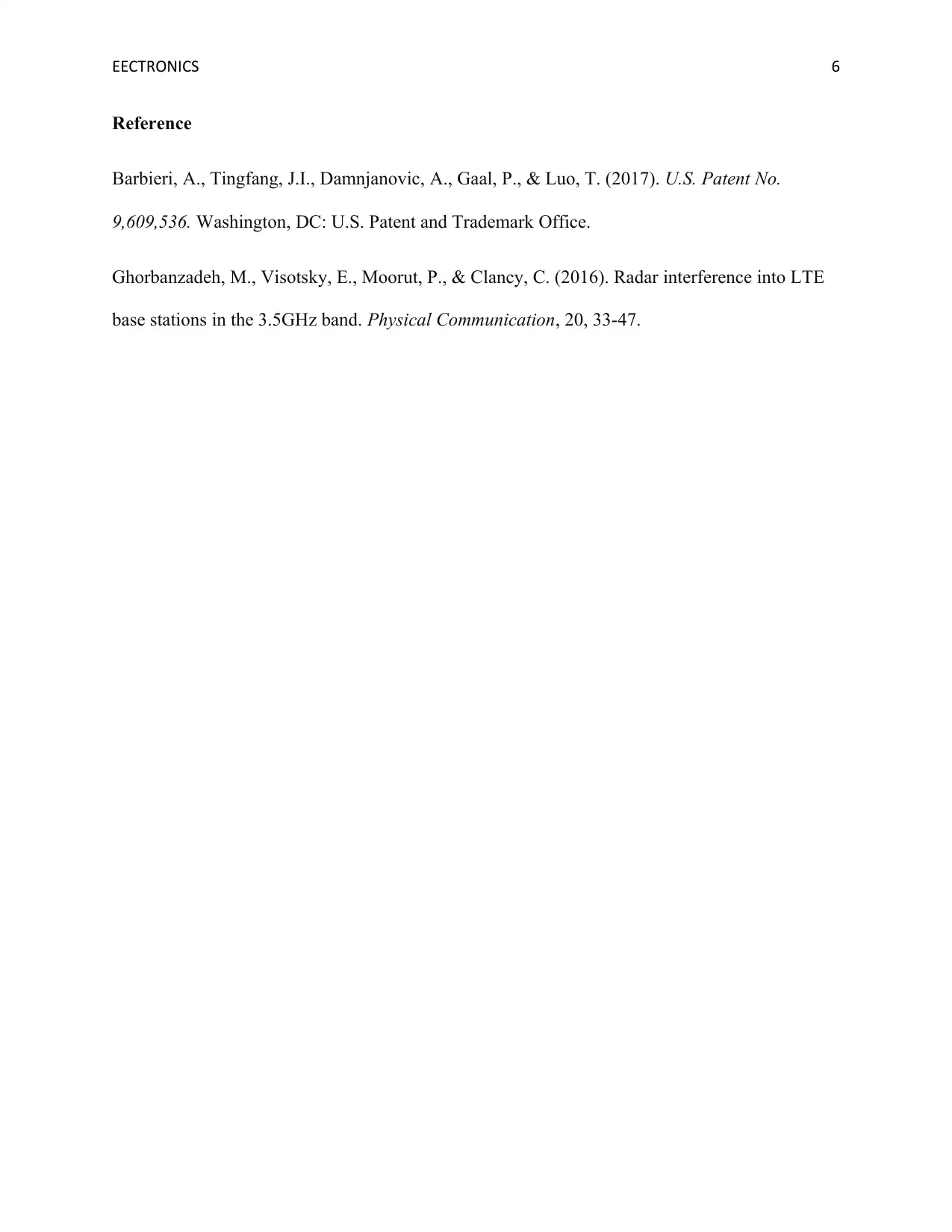






![[object Object]](/_next/static/media/star-bottom.7253800d.svg)